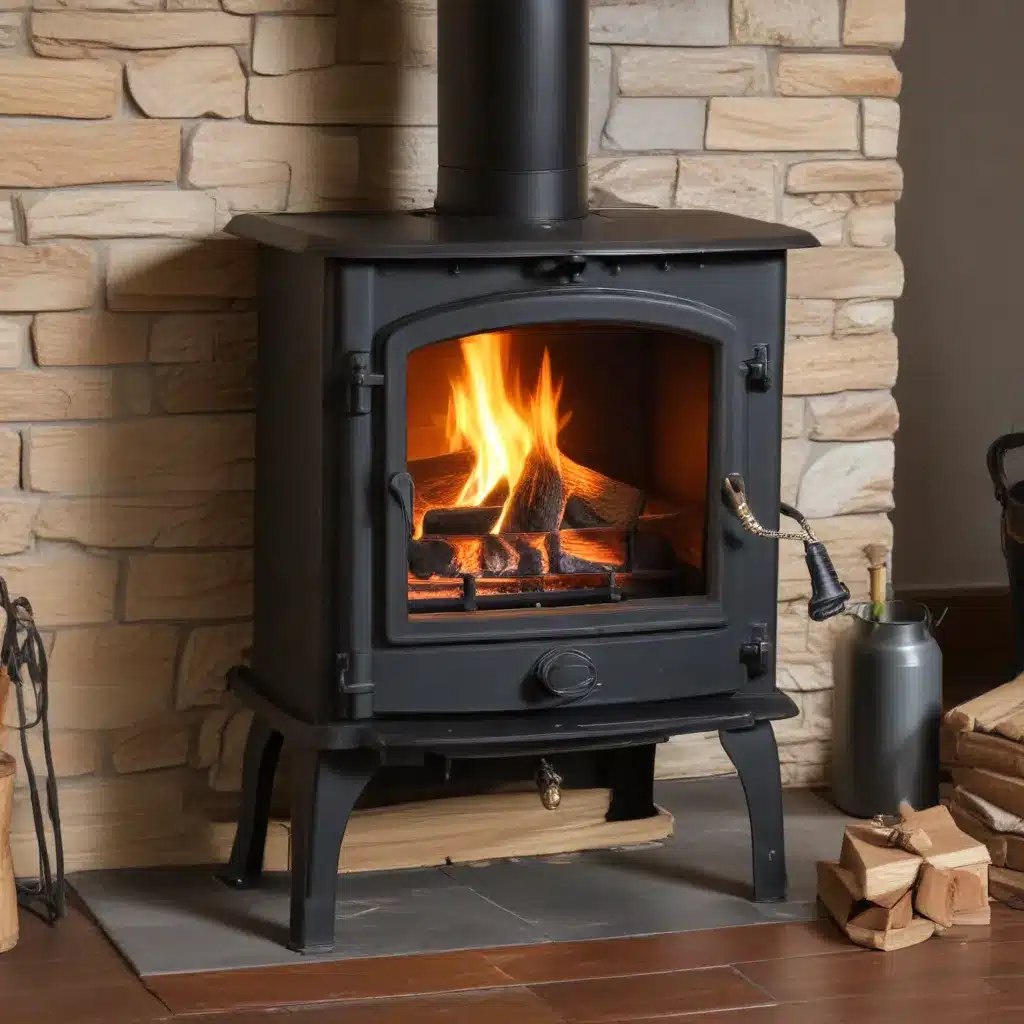
Understanding Wood Stove Temperatures
Wood stoves are a popular heating solution, offering warmth, ambiance, and energy efficiency. However, managing the temperature of your wood stove is crucial for safe and optimal performance. The temperature a wood stove reaches is influenced by several factors, including the type of fuel, stove design, and air supply.
The surface temperature of a wood stove should generally be kept below 200-300°F (93-149°C) to prevent accidental ignition of nearby combustible materials. The flue temperature, which measures the temperature of the exhaust gases leaving the stove, should range from 300-600°F (149-316°C) for efficient combustion.
The firebox, where the wood combustion occurs, experiences the highest temperatures, which can reach as high as 800-1200°F (427-649°C) or more, depending on the stove’s design and the quality of the fuel. Maintaining these temperatures within the recommended ranges is essential for ensuring safe and efficient wood stove operation.
Monitoring Wood Stove Temperatures
One of the most effective ways to monitor and control the temperature of your wood stove is by using a stove thermometer. These specialized thermometers are designed to withstand high temperatures and provide accurate readings of the stove’s surface or flue gas temperature.
By monitoring the temperature, you can make informed adjustments to the air intake or damper settings to maintain the desired temperature range. This not only ensures efficient combustion but also helps prevent overheating or insufficient heat output.
Regulating Temperature with Air Intake and Damper
The air intake control on your wood stove plays a crucial role in regulating the temperature. By adjusting the amount of air entering the firebox, you can control the intensity of the fire and the rate of combustion. When the stove is running too hot, reducing the air intake can help cool down the fire and lower the temperature. Conversely, if the temperature is too low, increasing the air intake will provide more oxygen to the fire, raising the temperature and improving combustion efficiency.
The damper is another important component for controlling the temperature of your wood stove. It regulates the flow of exhaust gases through the flue, affecting the draft and overall combustion process. If the stove is running too hot, partially closing the damper can help reduce the draft and lower the temperature. On the other hand, if the temperature is too low, opening the damper can increase the draft and promote better airflow, raising the temperature and improving combustion.
Proper Fuel Selection and Stove Sizing
The fuel you burn in your wood stove also plays a significant role in determining its efficiency and heat output. Hardwoods like oak, maple, and ash are denser and tend to burn hotter, longer, and more consistently compared to softwoods such as pine or fir. Seasoned wood with a moisture content below 20% is ideal for efficient combustion and heat production.
Selecting the appropriate size wood stove for your living space is crucial for maximizing efficiency. An undersized stove will struggle to adequately heat the area, leading to incomplete combustion, heat loss, and wasted fuel. On the other hand, an oversized stove may cause excessive heat output, forcing you to frequently dampen the fire and potentially leading to overheating issues.
Maintaining a Healthy Chimney and Stove
Regular chimney cleaning and inspection are essential for maintaining optimal performance and preventing potential hazards. Creosote, a byproduct of incomplete combustion, can accumulate in the chimney over time, restricting airflow and posing a fire risk. It’s recommended to have your chimney professionally inspected and cleaned at least once a year, or more frequently if you burn a significant amount of wood.
Additionally, regularly removing ash from the firebox is crucial for maintaining proper airflow and combustion efficiency. Accumulated ash can restrict air intake, leading to incomplete burning and reduced heat output.
Prioritizing Safety and Compliance
Maintaining proper clearance distances between the wood stove and combustible materials is a critical safety measure. Wood stove manufacturers provide specific clearance guidelines based on the expected surface temperature range during operation. Failing to adhere to these clearances increases the risk of fires or potential damage to surrounding structures and materials.
In the United States, the Environmental Protection Agency (EPA) has established strict standards and certification requirements for wood stoves to limit particle emissions and improve air quality. Look for EPA-certified wood stoves that meet the current emissions standards, as they are designed to burn more efficiently and produce fewer pollutants.
Troubleshooting Common Temperature Issues
If your wood stove is consistently running too hot, it can lead to various issues, including warping or cracking of internal components and excessive creosote buildup in the chimney. Overheating may be caused by using improper fuel, insufficient draft control, or an oversized stove for the space. To address overheating, ensure you’re burning seasoned hardwood with a low moisture content, and adjust the air intake and damper settings to reduce the intensity of the fire.
On the other hand, if your wood stove is struggling to produce enough heat, it may be due to an undersized unit, poor-quality fuel, or inadequate airflow. Using softwoods or unseasoned wood can lead to incomplete combustion and reduced heat output. To resolve this issue, consider upgrading to a larger stove if the existing one is too small for your heating needs, and maintain proper air intake and draft control for efficient burning.
Conclusion
Proper monitoring and regulation of your wood stove’s temperature are crucial for ensuring safe, efficient, and consistent heating in your home. By using a stove thermometer, adjusting the air intake and damper, and following best practices for fuel selection and stove maintenance, you can optimize the performance of your wood stove and enjoy the warmth and ambiance it provides. Remember to prioritize safety, comply with local regulations, and stay vigilant for any temperature-related issues to maintain the long-term health and reliability of your wood stove.
For more information on wood stove heating solutions and expert advice, visit https://woodstoveheaters.com/.


